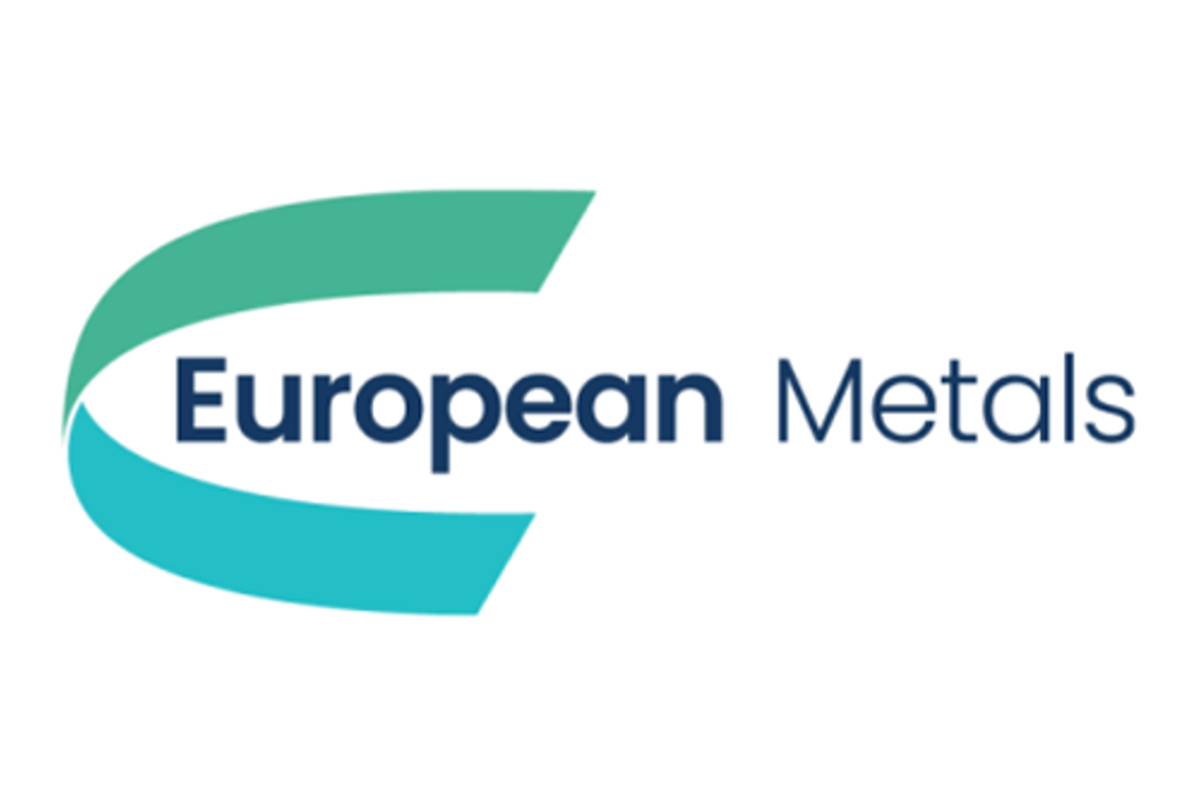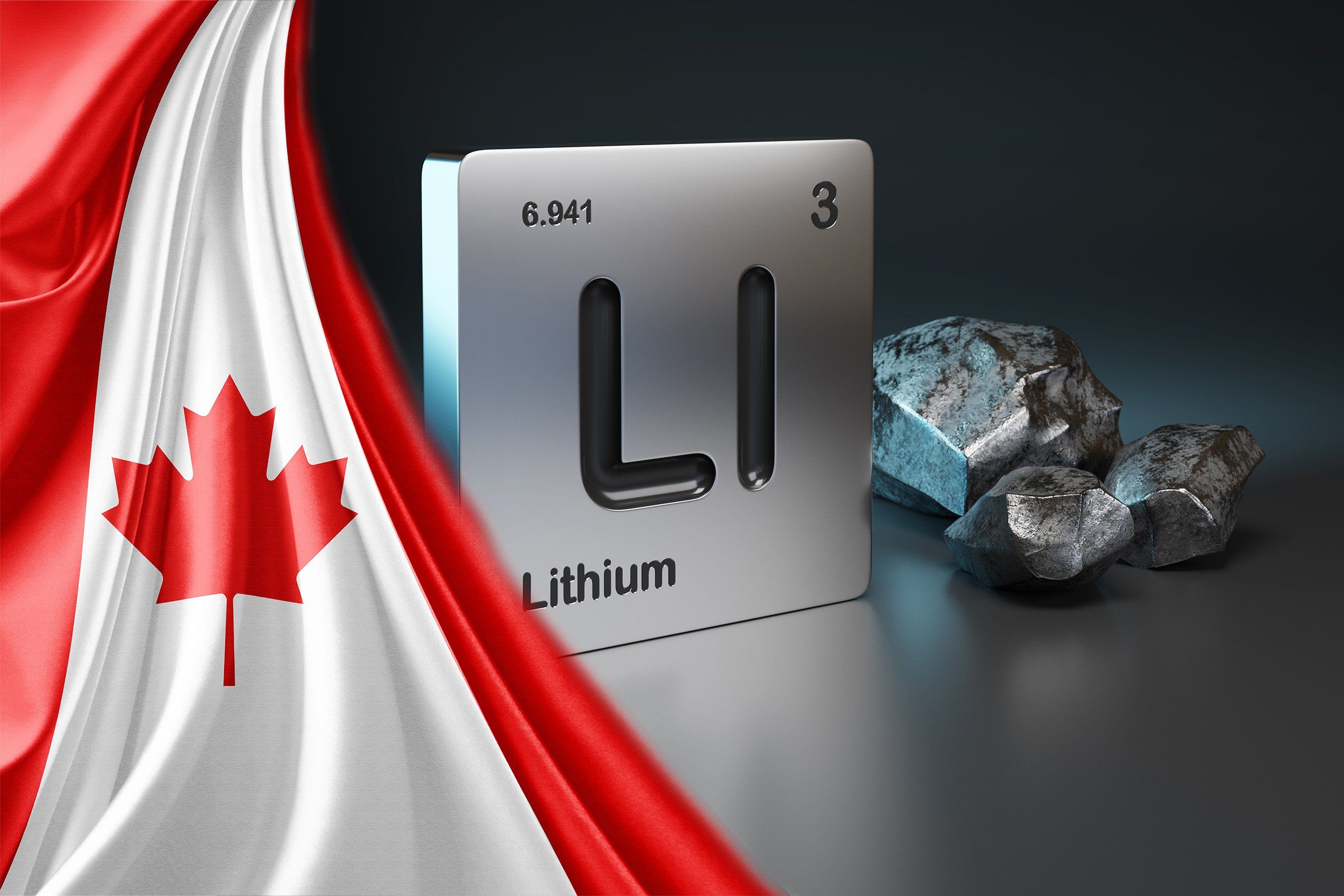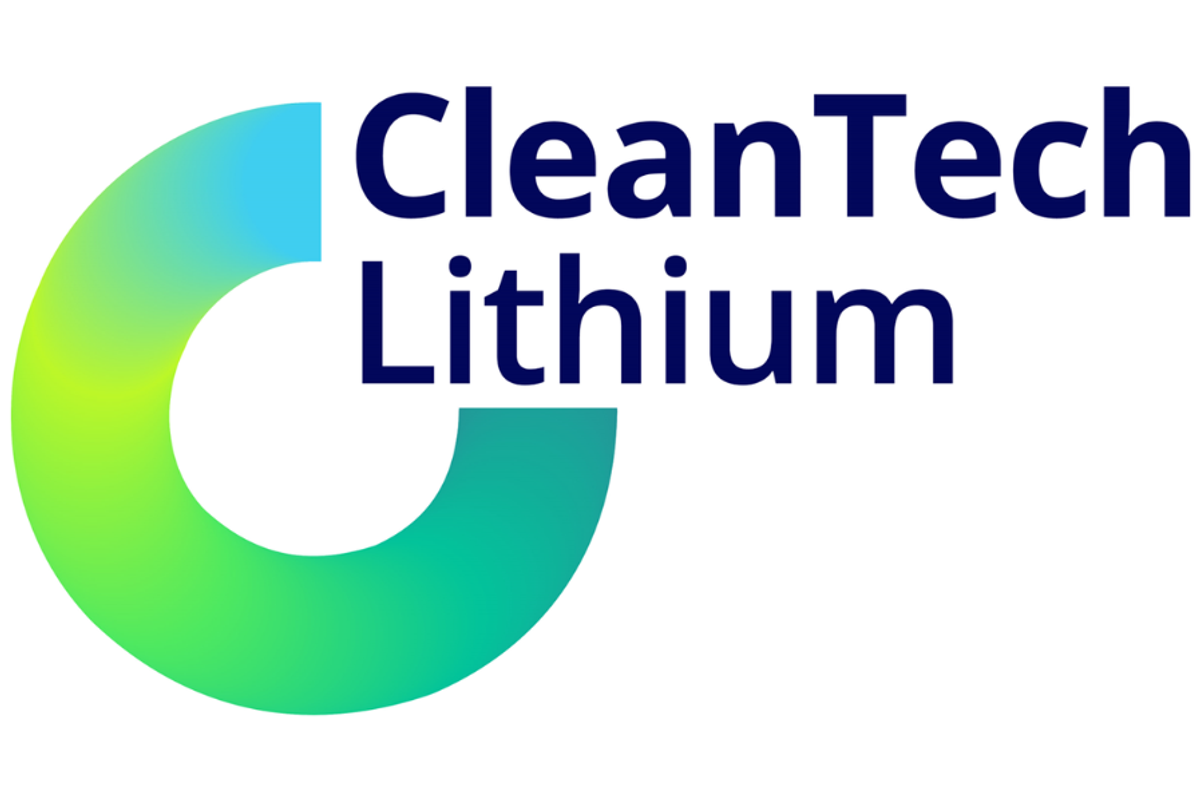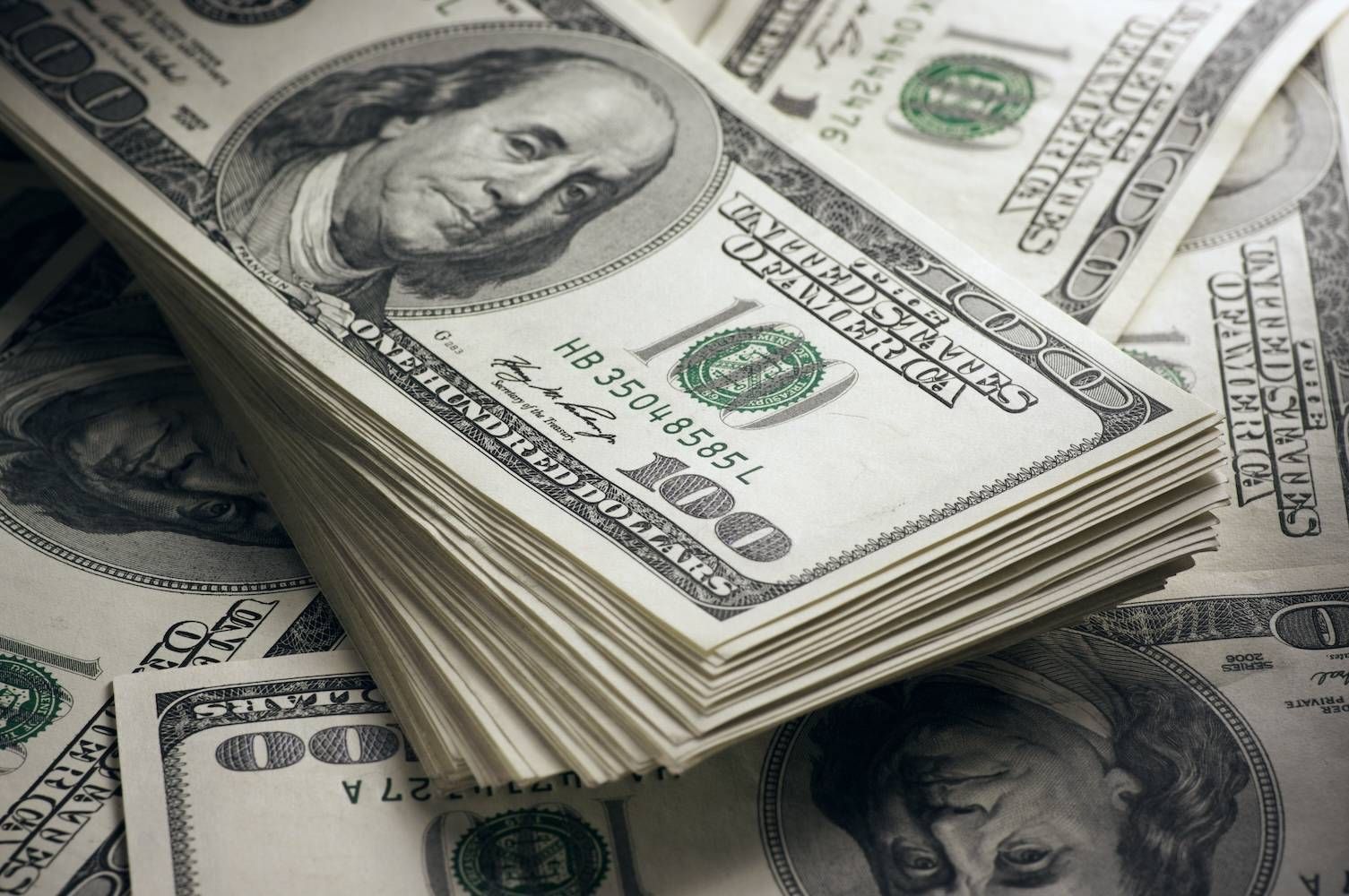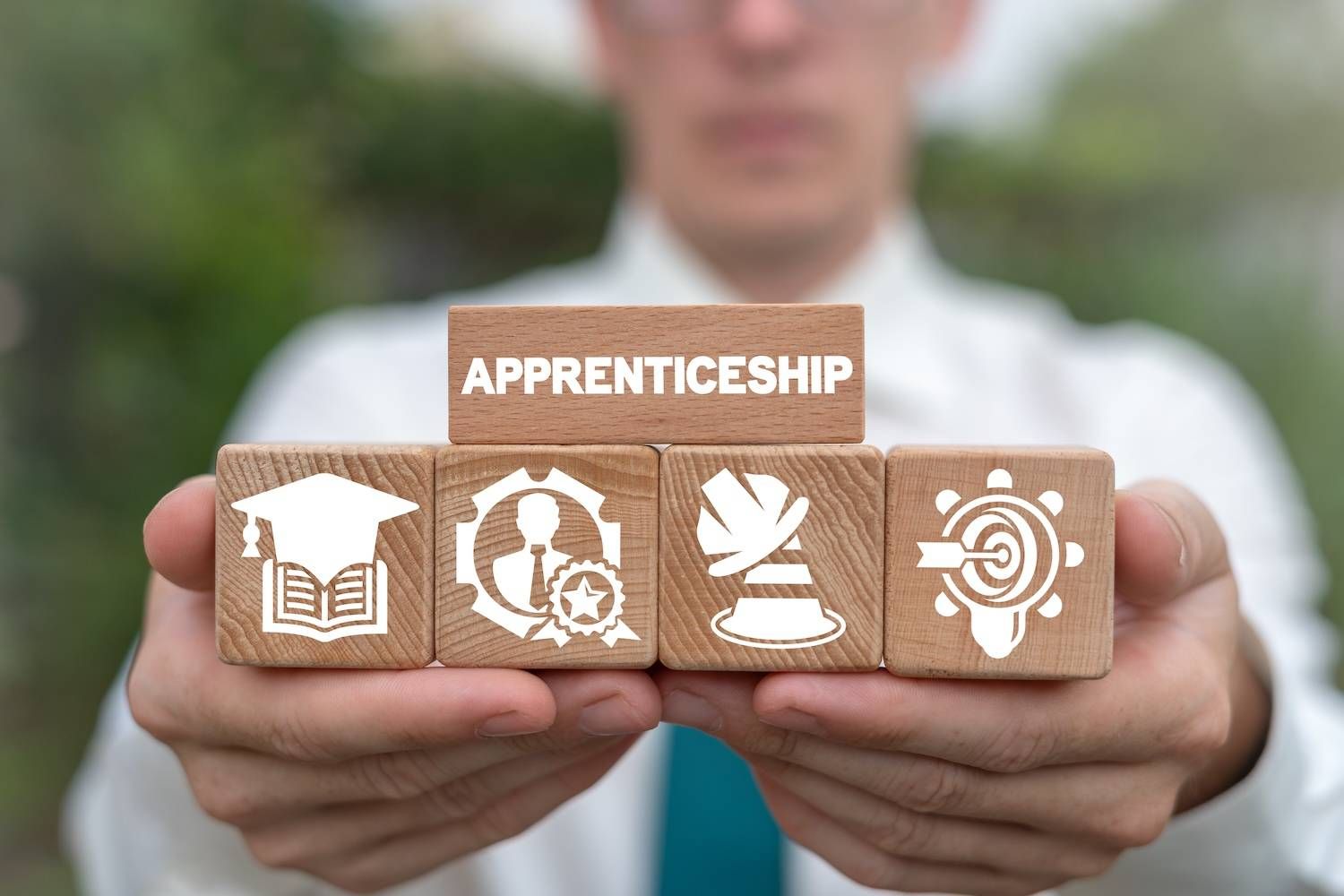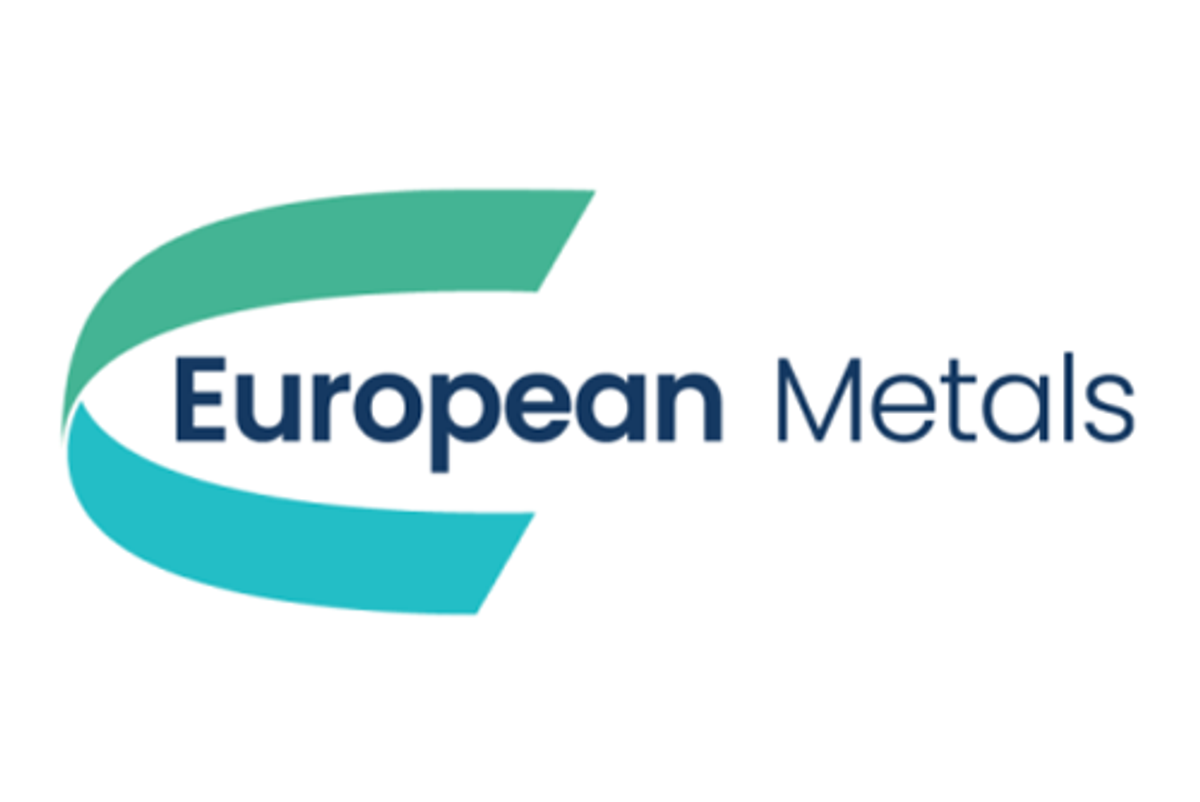
May 24, 2023
European Metals Holdings Limited (ASX & AIM: EMH, OTCQX: EMHXY, ERPNF and EMHLF) (“European Metals” or the “Company”) is pleased to announce exceptional testwork results which confirm separation efficiency and capability of flotation of lithium-bearing zinnwaldite.
Highlights:
- Testwork confirms separation efficiency and capability of flotation of lithium- bearing zinnwaldite from Cinovec,
- Flotation testwork repeatedly reached >95% lithium recovery to flotation concentrates at target Li-grades and mass yield
- DFS remains on track for completion in Q4 2023
The updated flotation testwork recently undertaken at Nagrom Laboratories (Perth) has repeatedly reached >95% lithium recovery from flotation concentrates at target Li-grades and mass yield. Ongoing testwork to confirm the robust nature of the process and optimise the Definitive Feasibility Study (“DFS”) design has surpassed previous performance indicators.
Results from testing and optimisation of flotation for the concentration of zinnwaldite in fine ore has exceeded expectations and further demonstrated the potential for high overall lithium recoveries when combined with magnetic separation for the coarse particle size ranges.
Detailed information on the floatation testwork conducted on Cinovec zinnwaldite ore is provided at the end of this report.
Commenting on the recent testwork European Metals Executive Chairman Keith Coughlan said:
“The exceptional lithium extraction results are outstanding and further underline the commercial viability of operations at Cinovec. These results show repeatability of >95% lithium recovery at neutral pH and confirm both capex and opex reductions, demonstrating the strong operational viability of the FECAB plant. We look forward to further results of the ongoing optimisation work as part of the DFS. The neutral pH of the flotation further enhances the already strong ESG credentials of the Cinovec Project particularly when compared to the acid flotation used on micas elsewhere around the globe. We expect the current testwork to be completed by the end of June and will publish the full results.”
Flotation Testwork Protocol
The Front-End Comminution and Beneficiation (FECAB) process beneficiates Cinovec ore by recovering liberated lithium-bearing zinnwaldite from the quartz and feldspar host rock, collecting the zinnwaldite into a clean concentrate suitable to feed the downstream Lithium Chemical Plant (LCP):
- Testwork to concentrate zinnwaldite traditionally focused on using Wet High Intensity Magnetic Separation (WHIMS) as the only technology of beneficiation. Results demonstrated suitability of magnetic separation for coarse ore, but also the need for an alternative technology suited for concentration of the fine fractions, to enable maximising lithium recoveries across all particle size ranges.
- Further studies into liberation of “mica-like” zinnwaldite from the quartz and feldspar host rock revealed that almost complete liberation is achieved at a grind size of 500 micrometres (“µm”), which is significantly coarser than the 250µm previously applied. Operating at a coarser grind size results in overall reduction in energy required, whilst reducing deportment of zinnwaldite into ultra-fine particle fractions due to comminution.
- Testwork using flotation technology demonstrated suitability of this technology for concentration of fine zinnwaldite and improved recovery performance, compared to magnetic separation for fine particle size ranges.
- Traditionally, successful flotation of “mica-like” minerals was only possible at highly acidic pH levels. Flotation testwork for the Cinovec project aimed and proved to be successful at performing flotation at neutral pH. This renders the process more environmentally and operationally friendly.
- Testwork results demonstrated repeated >95% lithium recovery with fully deslimed ore samples, producing zinnwaldite concentrate at target lithium grades.
- Further testwork to quantify the effect of slimes on flotation efficiency and to enhance recovery of lithium from ultra-fines, was completed. The tests correspondingly produced concentrate at >95% lithium recovery at target lithium grade, using samples containing up to 8% slimes. This is a significant achievement, as the tests demonstrate the robustness of the process under simulated plant operating conditions.
- The flotation process and subsequent concentrate cleaning results in final concentration of clean zinnwaldite into 30% of the original flotation feed mass (at 95% lithium recovery), thereby demonstrating flotation as an efficient concentrating technology for Cinovec ore.
- The flotation process for Cinovec is relatively simple, using only a collector and minor quantities of pH-regulating reagents. The final optimised flowsheet design is minimal, employing only Rougher, Scavenger and a single Cleaner stage.
- Testing and optimisation of flotation for concentration of the fine ore has realistically pioneered the achievement of high overall lithium recovery when combined with magnetic separation for the coarse particle size ranges.
- In the optimised Cinovec FECAB flowsheet, flotation will process overall 42% of ROM, including milled middlings arising from the magnetic separation process. This excludes ultra-fine slimes which are required to be removed prior to flotation.
- Further optimisation of the flotation process at Nagrom resulted in elimination of the attritioning process (violent stirring of the flotation feed) prior to flotation and an increase in flotation feed pulp density. The direct consequences of these positive outcomes are:
- Significant reduction in ore break-down and creation of ultra-fines or slimes.
- A reduction in ultra-fines results in a direct decrease of possible lithium losses to slimes.
- Saving in capital cost (equipment related) and operating cost (due to direct decrease in energy required and reduced maintenance frequency).
- In additional testwork currently underway, core samples, representing three different lithium life-of-mine feed grades, will be processed through the optimised FECAB flowsheet to quantify the effect of feed grade on recovery of lithium as well as chemical properties of the resulting concentrate for the LCP feed.
Click here for the full ASX Release
This article includes content from European Metals, licensed for the purpose of publishing on Investing News Australia. This article does not constitute financial product advice. It is your responsibility to perform proper due diligence before acting upon any information provided here. Please refer to our full disclaimer here.
EMH:AU
The Conversation (0)
22 March 2022
European Metals
Developing Europe’s Largest Hard Rock Lithium Deposit
Developing Europe’s Largest Hard Rock Lithium Deposit Keep Reading...
4h
Top 5 Canadian Lithium Stocks (Updated January 2026)
The global lithium market weathered a tough 2025, as persistent oversupply and softer-than-expected electric vehicle demand pushed prices for the battery metal to multi-year lows. Lithium carbonate prices in North Asia fell below US$9,550 per metric ton in February — their weakest level since... Keep Reading...
05 January
CEOL Application for Laguna Verde Submitted
CleanTech Lithium PLC ("CleanTech Lithium" or "CleanTech" or the "Company") (AIM: CTL, Frankfurt:T2N), an exploration and development company advancing sustainable lithium projects in Chile, is pleased to announce it has submitted its application (the "Application") for a Special Lithium... Keep Reading...
01 January
Lithium Market Forecast: Top Trends for Lithium in 2026
The lithium market heads into 2026 after one of its most punishing years in recent memory, shaped by deep oversupply, weaker-than-expected electric vehicle (EV) demand and sustained price pressure. In 2025, lithium carbonate prices in North Asia sank to four year lows, forcing production cuts... Keep Reading...
29 December 2025
SQM, Codelco Seal Landmark Lithium Joint Venture in Salar de Atacama
Sociedad Quimica y Minera (SQM) (NYSE:SQM) and Codelco have finalized their long-awaited partnership, forming a new joint venture that will oversee lithium production in Chile’s Salar de Atacama through 2060.SQM announced on Saturday (December 27) that it has completed its strategic partnership... Keep Reading...
24 December 2025
Altius Minerals to Expand Portfolio with C$520 Million Lithium Royalty Deal
Altius Minerals (TSX:ALS,OTCQX:ATUSF) is making a bet on a lithium market recovery, agreeing to acquire Lithium Royalty (TSX:LIRC) in a C$520 million deal that will expand its exposure to battery metals.Under a definitive agreement announced by the two companies on Monday (December 22), Altius... Keep Reading...
23 December 2025
Liontown's First Tjiwarl Member Completes Apprenticeship at Kathleen Valley
Liontown (ASX:LTR,OTC Pink:LINRF) has reached a milestone at its Kathleen Valley operations, with Vaughan Harris becoming the first Tjiwarl community member to complete an apprenticeship with the company.“Being the first Tjiwarl apprentice to complete an apprenticeship here at Liontown feels... Keep Reading...
Latest News
Interactive Chart
Latest Press Releases
Related News
TOP STOCKS
American Battery4.030.24
Aion Therapeutic0.10-0.01
Cybin Corp2.140.00
